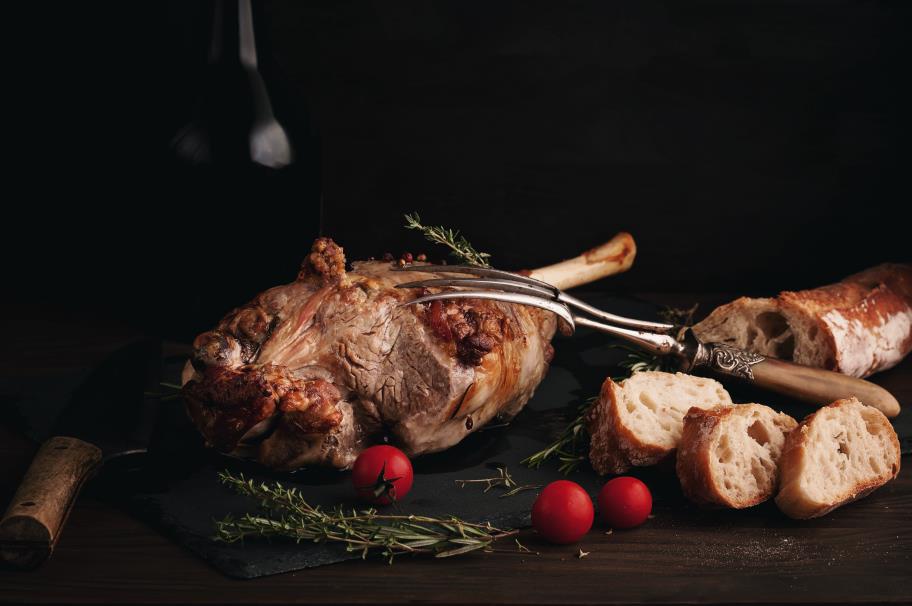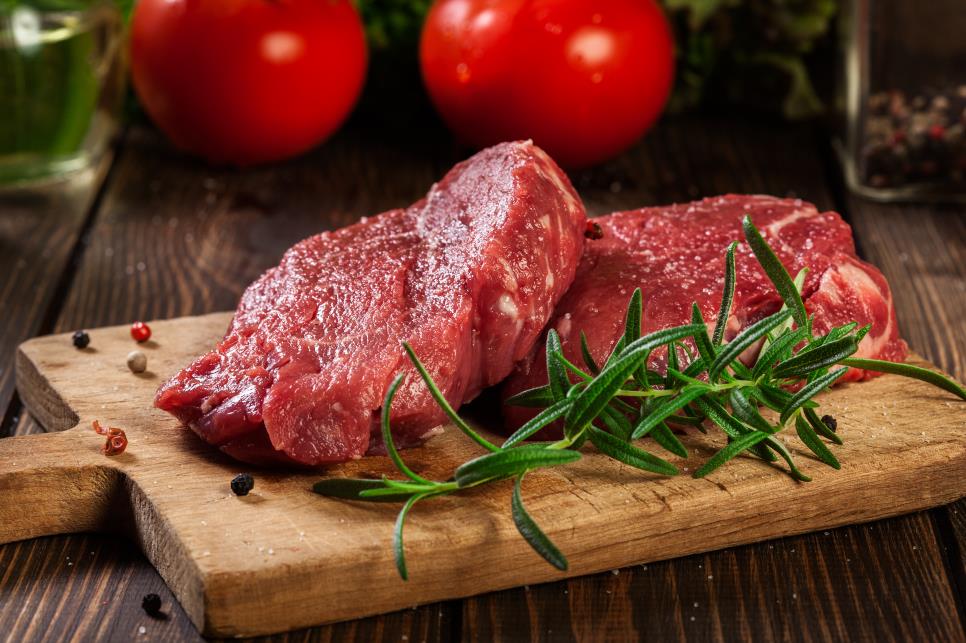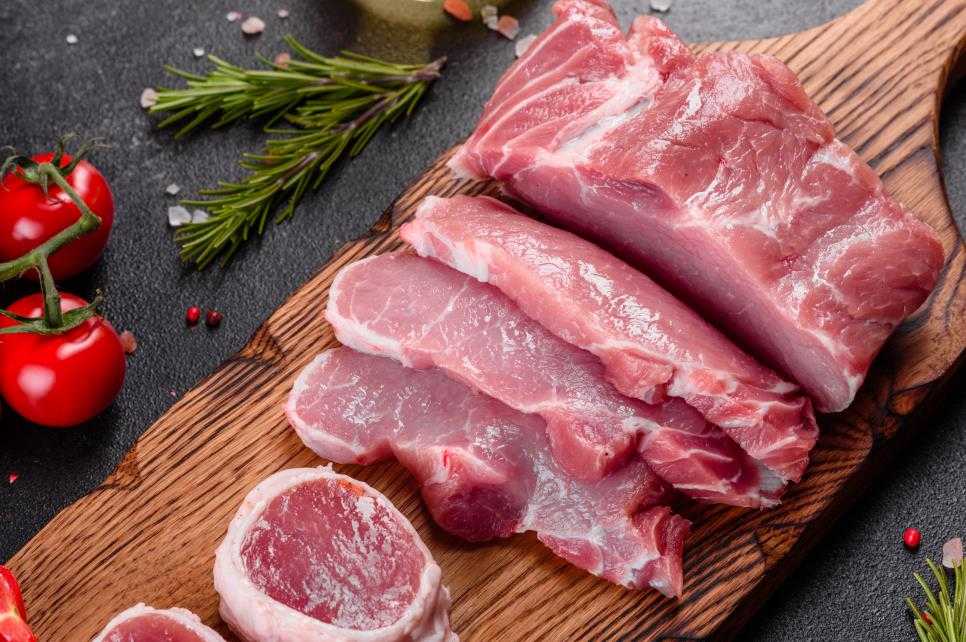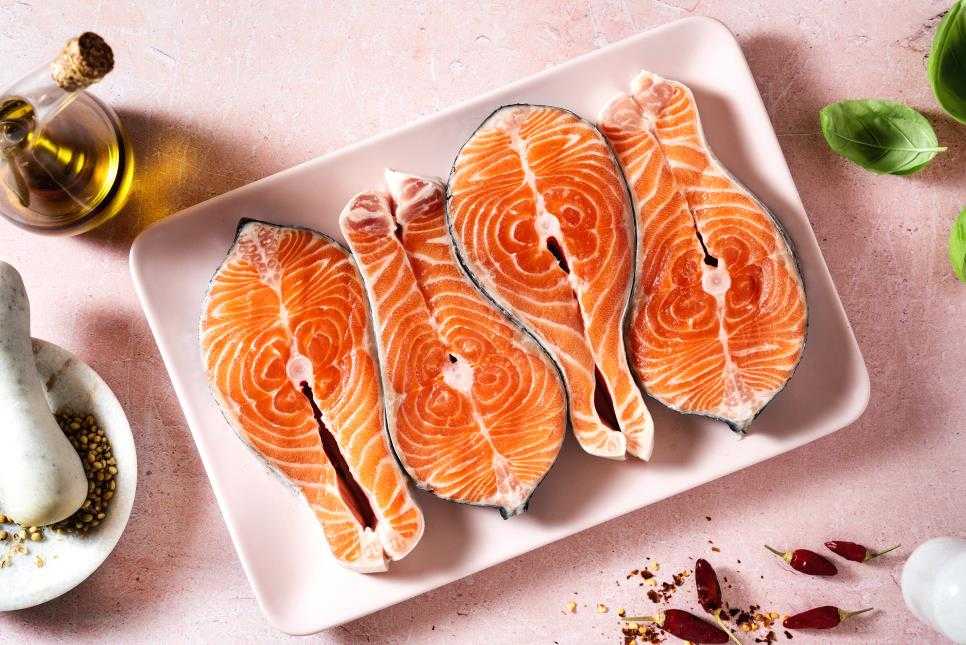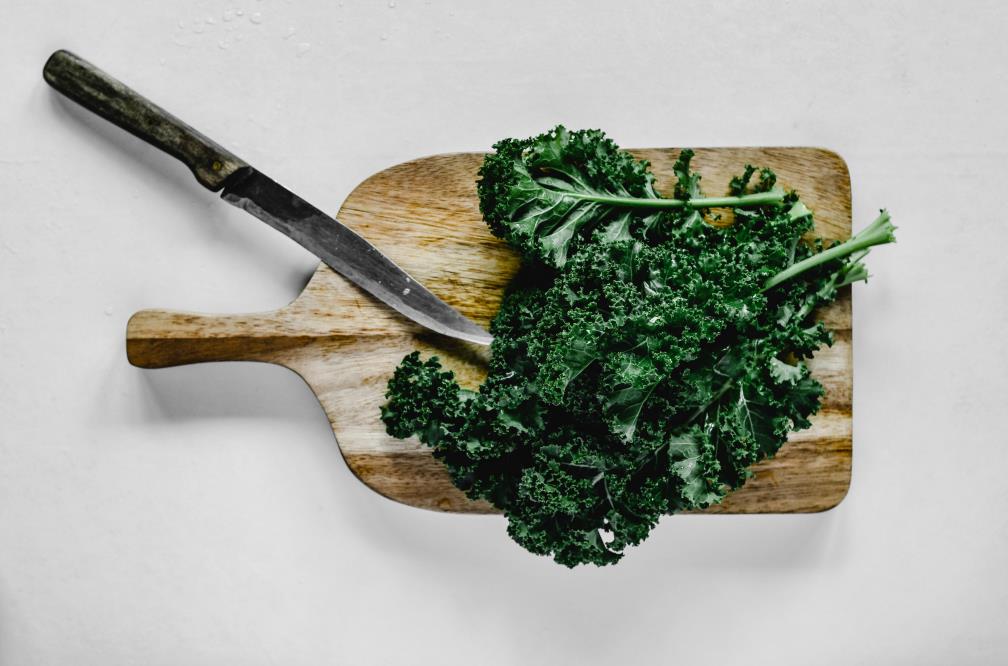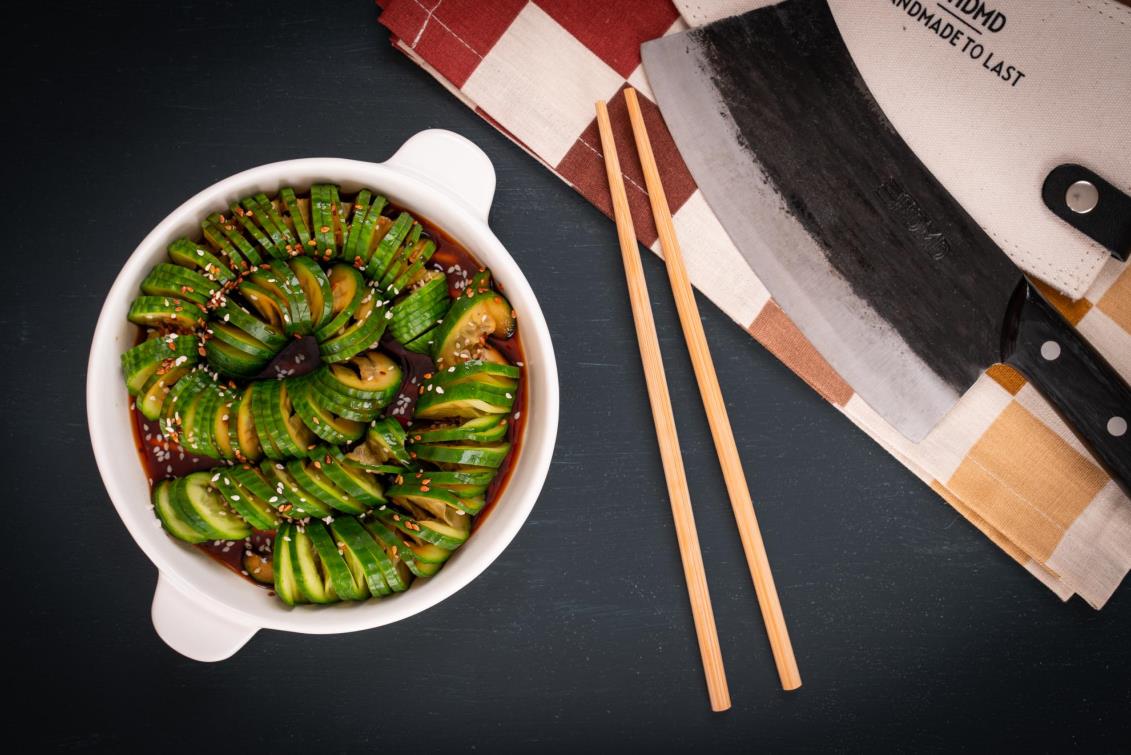If you haven’t come across jicamas before, you’re missing out big time. Devouring this delicious, juicy vegetable that comes with a sweet yet nutty flavor and a crispy crunch will definitely leave you wanting more.
Honestly, the jicama might look like a bland veggie, but it will win your heart once it goes through your stomach. You can do lots of things with jicama, use it raw in salads or slaws, bake it, sauté it, fry it, and even pickle it. First things first, let’s learn how to cut jicama.
How to cut jicama:
- Wash the jicama and pat dry.
- Use a chef’s knife to peel the jicama.
- Place the jicama on its widest side for slices and begin making vertical cuts of desired thickness.
- Stack up the slices and cut crosswise into ¼ inch matchsticks for juliennes.
Table of contents
What is jicama?
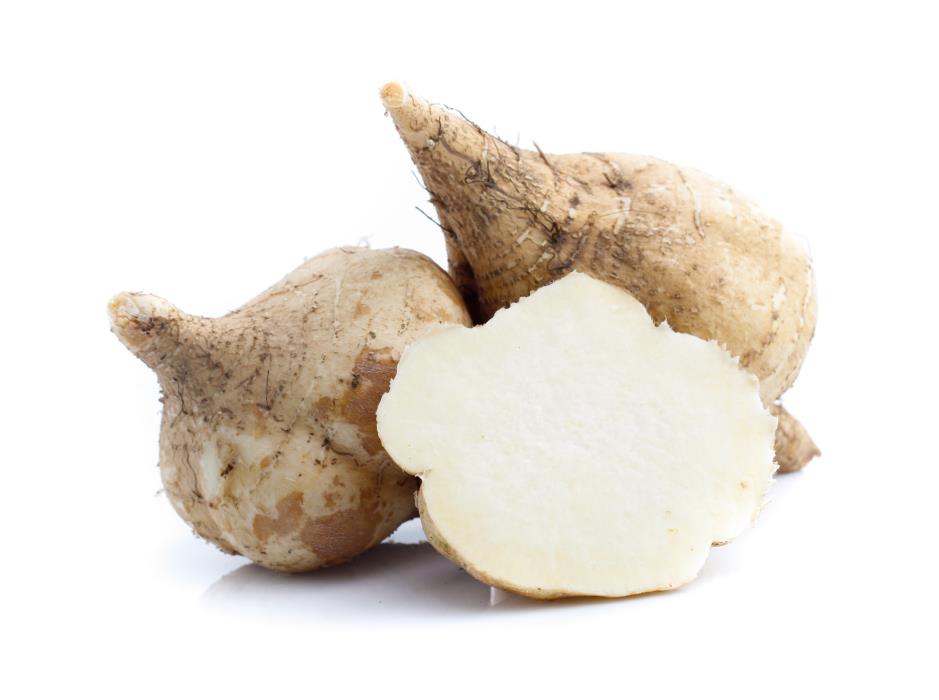
Jicama, also known as the yam bean, Mexican potato, or Mexican turnip, is a root vegetable with thick, brown, papery skin and a white inside. The jicama tastes like a savory apple and is similar to a potato but with fewer carbs.
Native to Mexico and Central America, you can find this delicious tuber at any specialty grocery store or organic food store. The edible part of the jicama plant is the root which looks like a light brown colored beet.
Preparation
How to pick jicama
Here are the top things you must keep an eye out for when choosing jicamas:
- Select jicamas that feel dry and are free of significant blemishes.
- The jicamas should feel firm on a light squeeze.
- They should not smell rotten upon sniffing.
- They must look smooth and young compared to other jicamas, which are medium-sized that appear heavy for their size.
- The tubers should be juicy upon nicking the skin (be a ninja when you do this or face the wrath of the shopkeeper).
Handpicked for you
True cutting power in the palm of your hand
How to peel jicama
While many guides will advise you to use a vegetable peeler to peel off the jicama skin, it’s better if you use a chef’s knife instead. The jicama has a papery skin that can get stuck in the peeler and cause inconvenience.
To begin, cut thin slices from both ends of the jicama to create flat surfaces. Place the vegetable on its broadest cut onto the cutting board. Work your way from the top to the bottom, letting the curves of the vegetable guide the knife.
After you are done peeling, look out for any tough and fibrous flesh. You can use a vegetable peeler to remove this.
How to cut jicama
When cutting up jicama, a serrated knife works. Serrated knives allow piercing through the skin before encountering the juicy insides. Here are the many ways you can cut jicama:
How to cut jicama into slices
For cutting jicama into slices, begin by placing the vegetable on its widest side onto the cutting board. Next, make vertical cuts onto the vegetable and work your way from one end of the root to the other. You can make these cuts according to your desired thickness (1/2 inch, ¼ inch, etc.)
How to julienne cut jicama
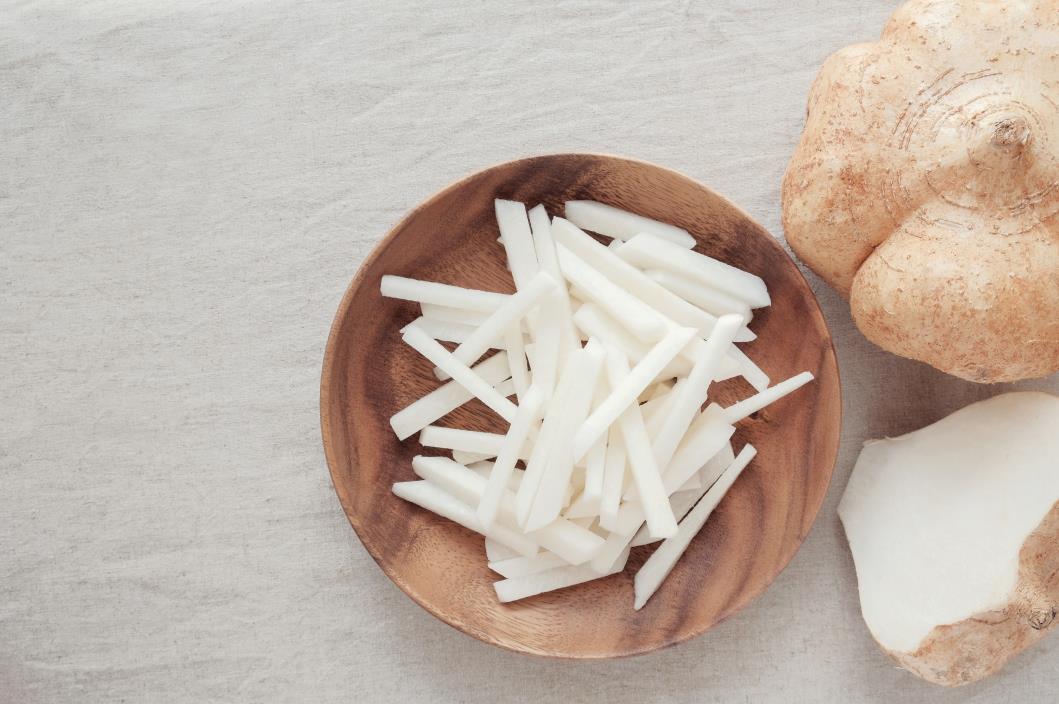
When used in stir fry and salads, julienne cut works best for jicama. Here is what you need to do:
- Peel off the jicama as instructed and trim off the ends.
- Lay the jicama on its flat side onto the cutting board.
- Cut the jicama in half.
- Place the jicama half down on its flat side and make thin slices, about ¼ inches each.
- Repeat the above step with the other half of the jicama.
- Stack up to two or three jicama slices and begin cutting crosswise into strips about ¼ inches wide.
Your jicama juliennes are ready to be eaten raw, in stir fry, salads, or whatever way it is you like the best.
How to cut jicama into cubes
Dices are great for salsas and salads. Here is how to achieve this cut:
- Peel the jicama and trim off the ends.
- Cut the jicama into two halves.
- Cut the halves into ¼ inch slices resembling half-shaped moons.
- Stack up a few slices and cut them into ¼ inch sticks.
- Cut the sticks into cubes for larger dice.
- Cut the jicama stacks in half and then cut them into cubes for smaller dice.
Jicama vs. potato
You might confuse jicama with a potato due to their similar, brown-colored appearance. The truth, however, is that both these tubers are entirely different when it comes to their nutritional values, shapes, and even cooking requirements.
Unlike a potato, jicamas contain fewer carbs and can be eaten raw. Moreover, while unprocessed potatoes appear tasteless, jicamas taste like the sweeter version of potatoes. Their flesh appears white, crispy yet juicy, similar to apples and pears.
Jicama nutritional facts
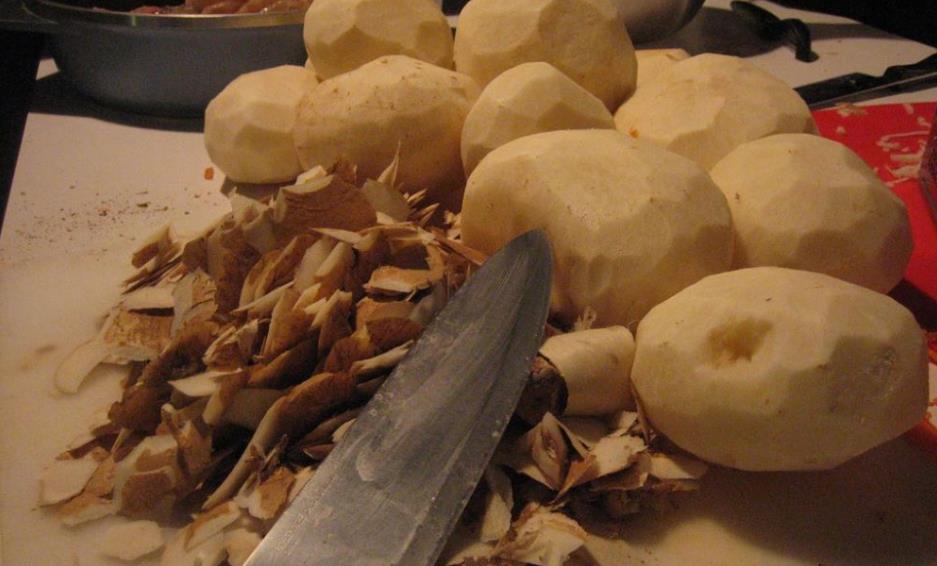
Jicama is a beneficial root vegetable that comes with loads of health benefits such as boosting the immune system, management of weight, and even diabetes, to name a few:
Loaded with fiber:
Jicama is a fun veggie packed with fiber and helps relieve constipation, lowering the risk of colon cancer, cholesterol, and even heart diseases.
Vitamin C:
An essential vitamin also found in the jicama is Vitamin C. This vitamin helps boost immunity, is suitable for eyes and skin, and plays a crucial role in lowering body inflammation.
FAQs
How to store jicamas?
Unpeeled and unwashed jicamas can be stored at room temperature for three weeks, similar to potatoes. They must, however, be kept in a cool and dry place. Once cut, they must be wrapped tightly and stored in the refrigerator’s vegetable drawer, which will last about two weeks.
Whole jicamas can also be frozen by wrapping them in foil and keeping them in the freezer. Alternatively, you can also freeze jicama slices after peeling and drying them. Seal in an airtight plastic bag and store in the freezer. Jicamas can be stored like this for up to 9 months.
Can you eat jicama raw?
Jicama can be eaten raw by sprinkling them with a tad bit of lime juice, chili powder, and salt. Raw jicama is also added to salads and other recipes.
Can you cut jicama in advance?
Jicamas do not oxidize, i.e., they do not turn brown or soggy right away after cutting as potatoes do. You can use jicama as much as required and store the rest in the refrigerator for later use. However, it would be best to cut the dry end part before using it.
Conclusion
Now that you have learned a lot about the tropical legume aka Hee-ka-ma (in case you’re pronouncing it wrong), we are sure you must be tempted to try it. Is it cooked or raw? Let’s see how you like the jicama best.







